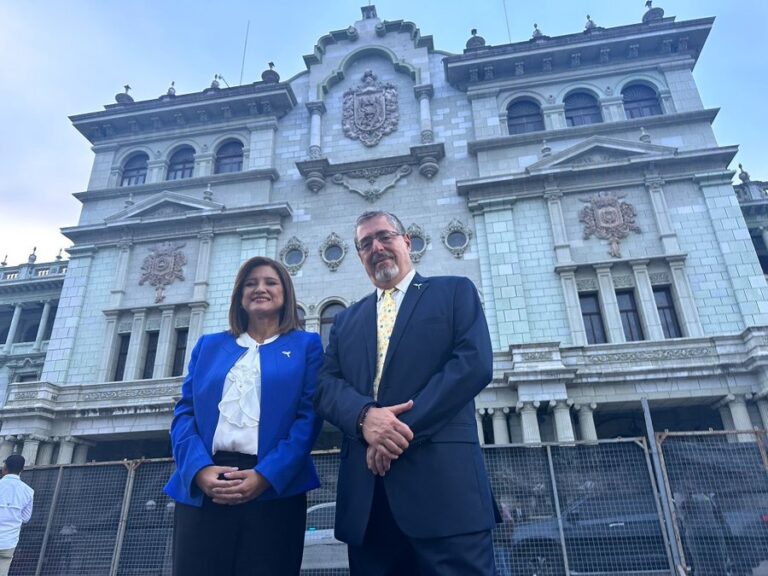
La industria del entretenimiento en Hollywood busca romper las barreras presentes en el cine y la televisión, así como en los trabajos creativos de interpretación, escritura, dirección, producción y contenidos, pero principalmente en la forma de cómo se cuentan las historias, pues más allá de lo que vemos en la pantalla existe un mundo de personas que buscan ser representadas y valoradas.
En muchas ocasiones no se toma en cuenta a la comunidad latina, asiática o afrodescendiente por la idea de no ser un buen mercado para invertir en proyectos que terminarán en pérdidas económicas,señaló Michael Tran, coautor del Informe sobre la Diversidad en Hollywood durante una conferencia organizada por Ethnic Media Services.
Los estudios señalan que si se debe considerar la diversidad, porque genera ventas y ganancias, sin embargo, para Tran, la industria del entretenimiento está lejos de la diversidad, no por temas económicos sino por falta de oportunidades.
«Hemos visto más cambios frente de la cámara que detrás, vimos que los actores étnicos si se incrementan, pero los que realmente cuentan las historias, los que entregan los proyectos, son lo que están detrás de las cámaras y no tenemos un cambio verdadero. Si hay un crecimiento visible, pero hay menos diversidad donde se toman las decisiones, eso está cambiando lentamente y estamos en el proceso", he said.
Si bien en la industria del entretenimiento se quedo parada debido a la pandemia y se tuvo que adaptar a la nueva forma de vida, otro tema que comenzó a preocupar es la inteligencia artificial, pues representa una gran revolución en la manera de hacer y pensar los proyectos de cine y televisión, explicó.
Fanny Grande, directora general de Avenida Productions, es una cineasta y actriz que ha vivido dentro de esta industria, por lo que sabe las fallas y los puntos clave para abrir los espacios que están faltando.
Ella explica que los latinos representan el 20 por ciento de la población de Estados Unidos, pero solo reciben el 2.3 por ciento de representación en la televisión y muchos de los espacios solo muestran estereotipos.
Para la cineasta esto no es justo, ya que también venden esos espacios a la comunidad latina y la industria genera ganancias. Los latinos son los mayores consumidores de medios por lo que deberían ser considerados en sus contenidos.
«Existe una percepción de que somos migrantes permanentes y eso no es verdad, estamos siendo representados como él otro o la otra,y cada vez que exigimos representación en Estados Unidos nos dicen que ya tenemos a Televisa, cuando es de otro país».
Los productores que no tienen apoyo se ven obligados a probar suerte por si solos, pues ellos quieren mostrar a las diversas comunidades que viven en Estados Unidos tal cual son, y de esa manera poder conectar la parte creativa con la comunidad, pero el apoyo mutuo se vuelve la única opción.
«Entre los mismos latinos nos apoyamos para hacer crecer la industria del entretenimiento con historias que sí nos representan», puntualizó Fanny Grande.
Takashi Cheng, director ejecutivo de Chime TV, la única cadena de entretenimiento AAPI en inglés de Estados Unidos, explicó que el progreso es muy lento, pero ya está presente, por eso tomó la oportunidad de crear ese espacio para poder abrir las puertas a la diversidad y que su comunidad sea realmente representada, con sus problemas y sus carencias, con sus esperanzas y sus sueños.
«Our commitment is to work with each community to highlight their creators, their stories and bring these stories to American platforms, we will cross these communities and help them work together»he said.
Takashi Cheng habló de las barreras que tiene Estados Unidos por el idioma, si bien la lengua que se habla mayormente es inglés, existen muchas comunidades que aún hablan sus propios idiomas, por eso los contenidos en la industria del entretenimiento no conectan con otras comunidades. Es un tema que aún se debe de abordar para encontrar la manera de generar proyectos disponibles en más idiomas.
Adargiza de los Santos, an Afro-Latin actress and director, seeks to represent Latinos and Afro-Americans. She works hard to show a different reality than the one that they have tried to impose on her.
Para la actriz, hoy se está revolucionando la manera de entretener, se pone la mesa para las generaciones que vienen, se están abriendo las oportunidades para hacer un cambio revolucionario y poder mostrar a las comunidades como realmente son, de esa manera ser comprendidos, representados y escuchados.
Los expertos coinciden en que el apoyo de todas las comunidades será fundamental para impulsar una representación real y abrir los espacios en toda la industria del entretenimiento para mentes nuevas y creativas.
Poner una persona afroamericana, latina o asiática como un objeto visible no es suficiente para hablar de diversidad, debemos mirar a través de sus ojos y sentir a través de su corazón de una manera empática para poder comprender su mundo frente a una pantalla y ese, es el verdadero reto.
You may be interested in: Daniel, his international food and the pride of being Mexican


























